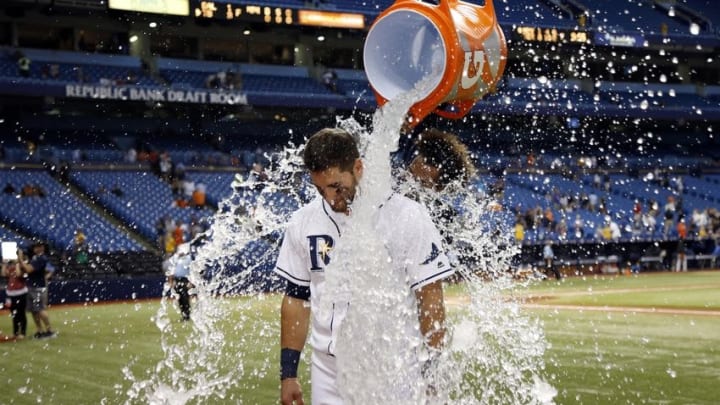
Coming off a lifeless sweep at the hands of the AL-leading White Sox, the Jays got a much needed day off, and head into Tampa Bay for a three game set. The struggling offence won’t get a break though, as they’re lined up to face three young, talented arms.
The Jays seemed to be deflated after the bullpen blew the 4-run lead in the series opener, and didn’t really show any life in the following games. Mind you, Chris Sale is one of the games top arms and is utterly dominant, while Jose Quintana is a very good starter who get criminally underrated year after year.
However, there was just no spark, no energy from anyone. Hopefully they can put it behind them and put together a good string of games in Tampa Bay.
The aforementioned starters the Jays lineup will face are Drew Smyly, who has looked phenomenal since his first start against the Jays in the season opening series, Chris Archer, who rebounded nicely in his last start after starting the season slowly, and Jake Odorizzi, who has had a decent start to the year and struckout 10 Jays hitters on April 5th.
It will be a tough task for the middling Jays offence, but they’ve had plenty of familiarity with all three, and have shown success against them in the past, so hopefully they can turn it around.
The Jays will counter with two of their best young starters as well, with Aaron Sanchez and Marcus Stroman, who sandwhich veteran J.A. Happ, who has had a very nice start to the year. These teams split the four game series that kicked off the season, with the Jays losing the final two games in disappointing fashion.
First up, we take a look across the diamond at the Tampa Bay Rays…
Next: The Rays enter Friday's series middling to a 10-11 record
